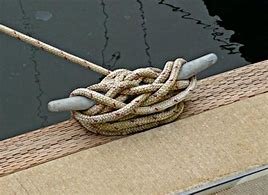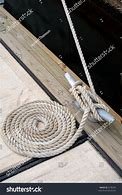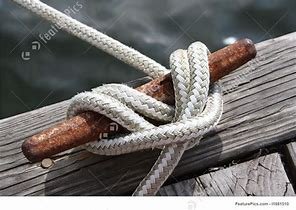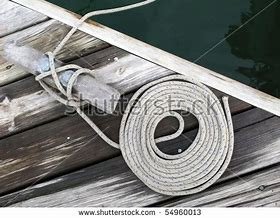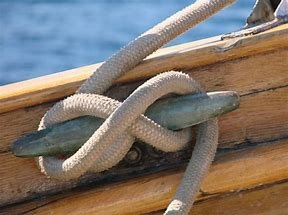Been visiting a few marinas in the PNW including BC Canada and often find when you pull up; instead of cleats they just have wooden horizontal 4 x 4 or maybe horizontal metal bars. In most of these places we've found it sort of works to double the lines back to your own cleat but can be a little more work. the 4x4s are especially irritating as they can leave wood slivers in your lines.
Is it simply the cost of installing cleats or is there more to this...?
Is it simply the cost of installing cleats or is there more to this...?


